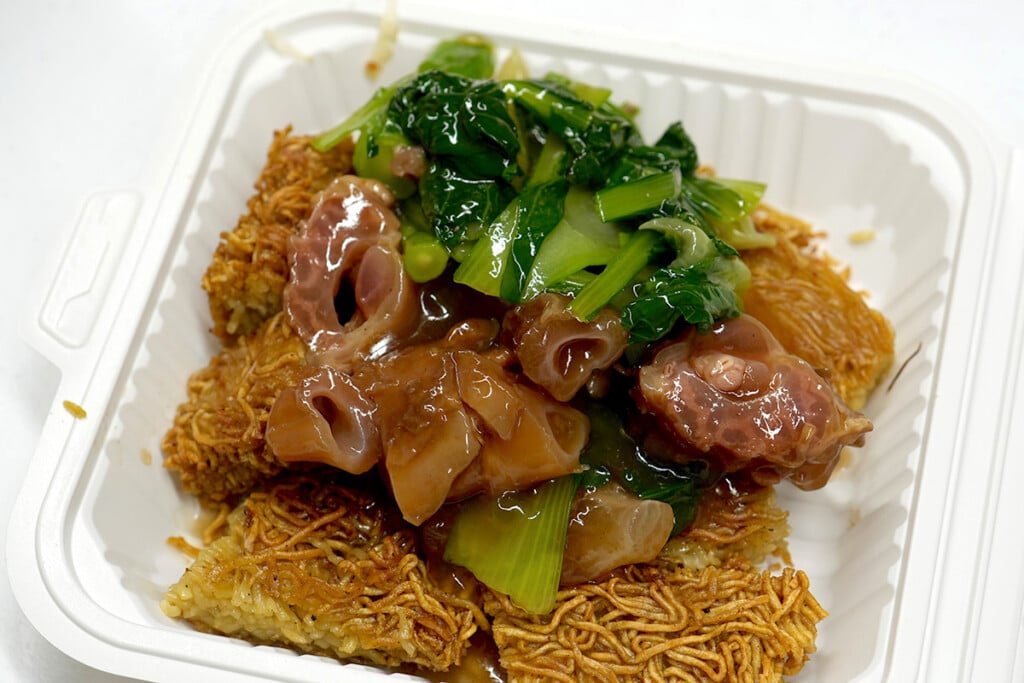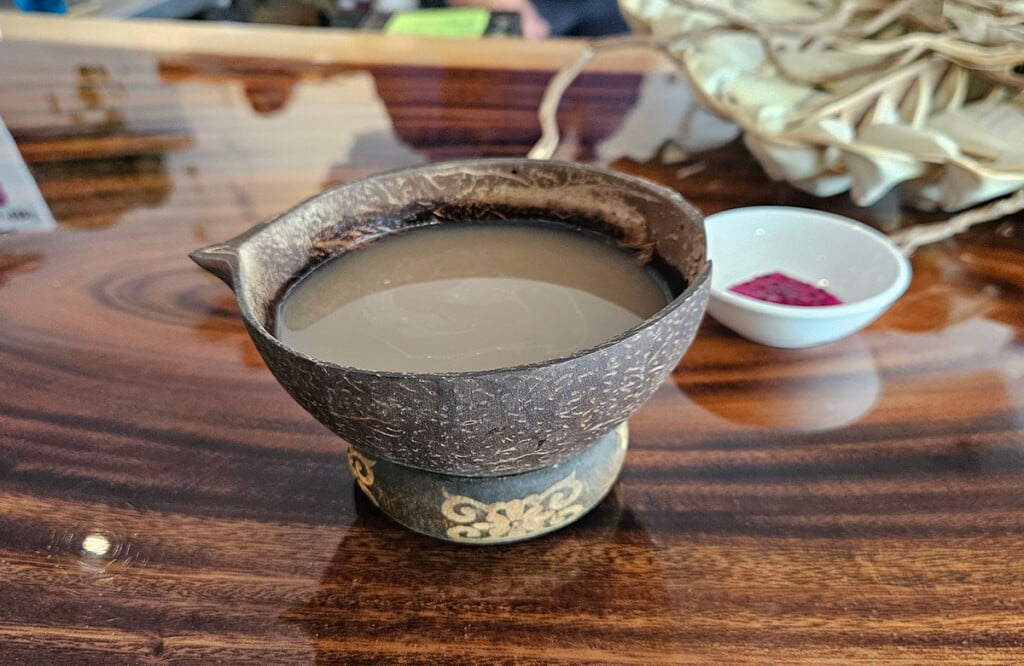How to Celebrate Lunar or Chinese New Year in Hawai‘i
Revisiting a classic guide: If you want to usher in good luck in 2025, here are timeless tips from a local Chinese American family.
Celebrating Lunar New Year, Chinese-style: This article about a local family’s yearly traditions was first published in February 2018.

Photo: Thinkstock
Most people celebrate the new year on Jan. 1. My traditional Chinese family doesn’t officially celebrate the new year until Chinese New Year rolls around (this year it falls on Jan. 29). As a second-generation Chinese-American, Chinese New Year is a huge deal for my family. It’s right up there with celebrating a birthday, wedding or anniversary. This monthlong celebration takes a lot of planning and preparation. Expect to go grocery shopping, cook Chinese dishes and clean house to usher in a healthy, prosperous new year.
SEE ALSO: Ring in the Year of the Snake With Lion Dances, Firecrackers, Parades and More
Clean Your House

Image: Giphy
Before the start of the new year, you’ll want to clean your house to get rid of the negative chi (energy). Sweeping under the rug or moving clutter to the closet doesn’t count. It’s time to get rid of the clutter, dust off the tables and shelves, and sweep the floors (or vacuum the carpet). Pro tip: Sweep the dust and rubbish inward starting from the door to welcome luck. Avoid sweeping outward or else you’ll be sweeping away good luck.
Red Here, Red There, Red Everywhere

Image: Giphy
From red lanterns and red firecrackers to red decorations—red is a popular color for Chinese people (including yours truly). You’ll see plenty of red paper decorations sold at Chinatown stores, so pick these up to decorate your home to bring happiness. My favorite part of the new year is when my parents and relatives offer me lucky red envelopes or lai see stuffed with money. It’s a symbol of good luck usually given from a senior to a junior. For example, Chinese parents usually offer lai see to their children during the holidays. No complaining here. Who doesn’t want some extra spending money?
Feed the Lion

Image: Giphy
You’ll start to see more Chinese lion dancers blessing local businesses (especially Chinese restaurants) during the new year. Stop by Chinatown Cultural Plaza and Chinatown around the start of the new year to feed the lion with dollar bills as a symbolism of good luck. Follow the pounding of the drums to find the lion dancers. Don’t be afraid to get close to the lion—you’ll need to stick out your hand with the dollar bills to “feed” the lion. Just remember, any money you offer to the lion will be a donation to the lion dancing association. Think of it as a blessing for the whole year.
Visit the Temple

Photo: Thinkstock
At your nearest Buddhist temple, you’ll most likely see people praying and meditating to the sound of gongs. Offer a small donation to the temple to use its provided incense sticks. Light three incense sticks, hold them up and take a bow, then stick the incense sticks into the giant pot—an offering to the Buddha for good karma.
Cook These Dishes

Photo: Diane Lee
Every year, my mom spends hours buying groceries from Chinatown and cooking in the kitchen to make lucky Chinese New Year dishes. On the menu: Lo han jai or “Buddha’s Delight” vegetarian stew, gin dui (fried sesame balls) and nian gao (chewy mochi cake). These lucky dishes are traditionally served during the first day of Chinese New Year and essential to the Chinese family dinner table. Watch the YouTube video below for the recipes.
SEE ALSO: Chinese Like Me: Making Gau
Nian Gao
Difficulty level: Medium
Lo Han Jai
Difficulty level: Hard










